


Hip Lick #73
You are unauthorized to view this page.
Road Tips – The B = ?
You are unauthorized to view this page.
Major 7th Intervals as 3rds & #9ths on V7 Chords
You are unauthorized to view this page.

by musictech | Oct 4, 2020 | Bebop, CHORD STUDIES, HIP LICKS, VOCABULARY
You are unauthorized to view this page.
by musictech | Oct 4, 2020 | HIP LICKS, JAZZ LANGUAGE
You are unauthorized to view this page.
by musictech | Oct 4, 2020 | ROAD TIPS, THEORY GAMES
You are unauthorized to view this page.
by musictech | Oct 4, 2020 | INTERVAL STUDIES
You are unauthorized to view this page.
by musictech | Oct 4, 2020 | SAXOPHONE TRAINING, TONE DEVELOPMENT
You are unauthorized to view this page. Hip Licks for Trumpet iPhone / iPad App
$13.99
Hip Licks for Trumpet iPhone / iPad App
$13.99
 Jazz Studios designer T-Shirt (Size XX-Large)
$24.95
Jazz Studios designer T-Shirt (Size XX-Large)
$24.95
 Jazz Studios designer T-Shirt (Size X-Large)
$24.95
Jazz Studios designer T-Shirt (Size X-Large)
$24.95
 Jazz Studios designer T-Shirt (Size Large)
$24.95
Jazz Studios designer T-Shirt (Size Large)
$24.95
 Hip Licks for Guitar iPhone / iPad App
$13.99
Hip Licks for Guitar iPhone / iPad App
$13.99
 Jazz Studios designer T-Shirt (Size Small)
$24.95
Jazz Studios designer T-Shirt (Size Small)
$24.95
 Hip Licks for Alto Sax Vol 2 iPhone / iPad App
$12.99
Hip Licks for Alto Sax Vol 2 iPhone / iPad App
$12.99
 Hip Licks for Tenor Sax Vol 2 iPhone / iPad App
$12.99
Hip Licks for Tenor Sax Vol 2 iPhone / iPad App
$12.99
 Hip Licks for Tenor Sax Vol 1 iPhone / iPad App
$12.99
Hip Licks for Tenor Sax Vol 1 iPhone / iPad App
$12.99
 Hip Licks for Alto Sax Vol 1 iPhone / iPad App
$12.99
Hip Licks for Alto Sax Vol 1 iPhone / iPad App
$12.99
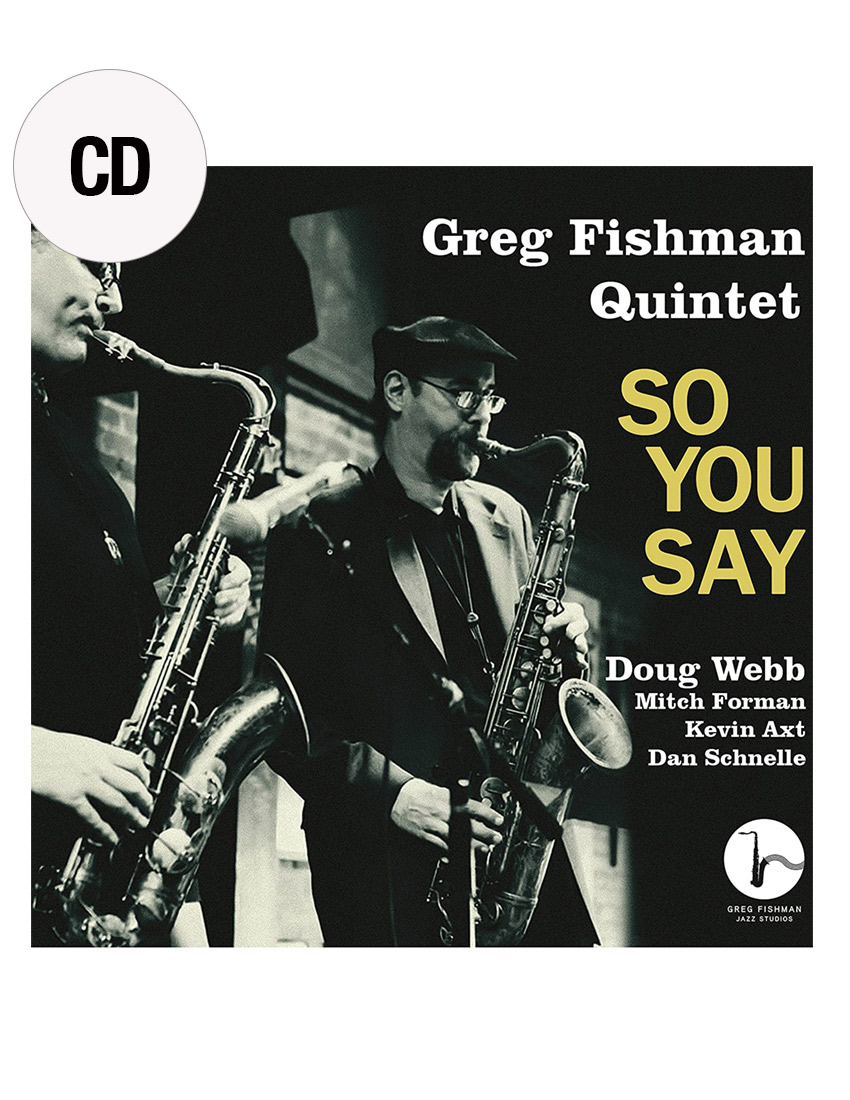 So You Say
$14.95
So You Say
$14.95
 10 Skype Lesson Pack
$1,100.00
10 Skype Lesson Pack
$1,100.00
 5 Skype Lesson Pack
5 Skype Lesson Pack
 3 Skype Lesson Pack
$360.00
3 Skype Lesson Pack
$360.00
 1 hour Skype Lesson
1 hour Skype Lesson
 Jazz Studios designer T-Shirt (Size medium)
$24.95
Jazz Studios designer T-Shirt (Size medium)
$24.95
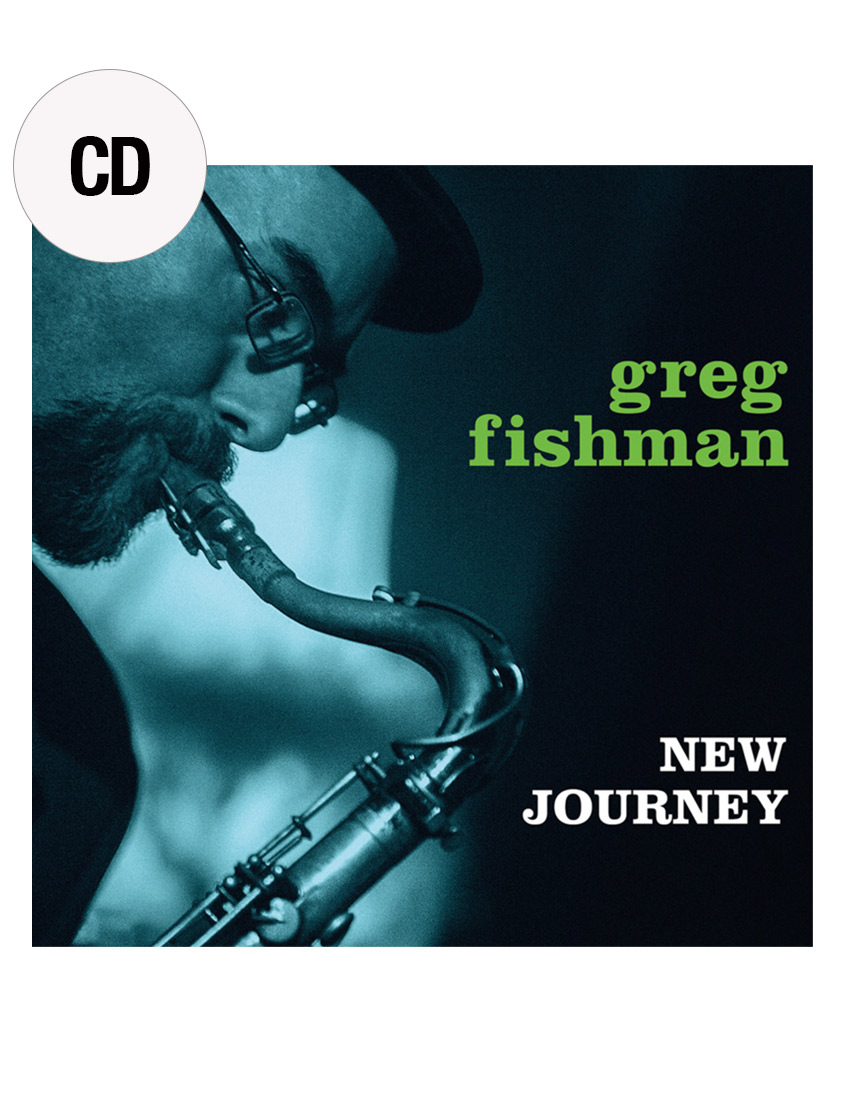 New Journey
$16.95
New Journey
$16.95
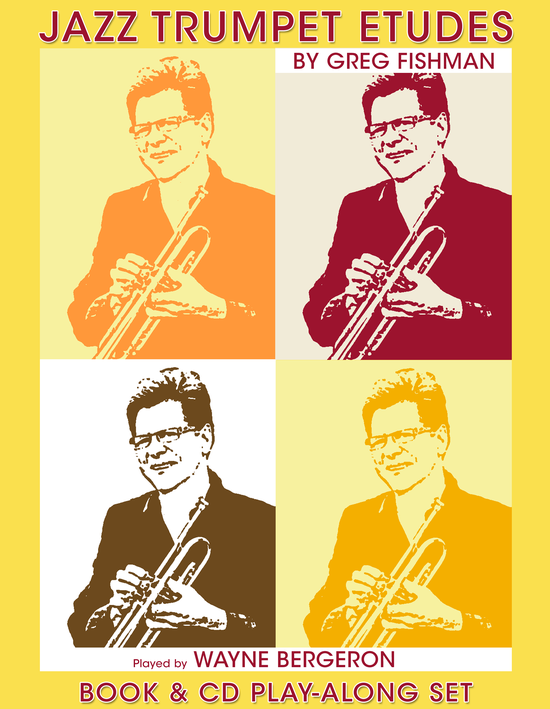 Jazz Trumpet Etudes
$24.95
Jazz Trumpet Etudes
$24.95
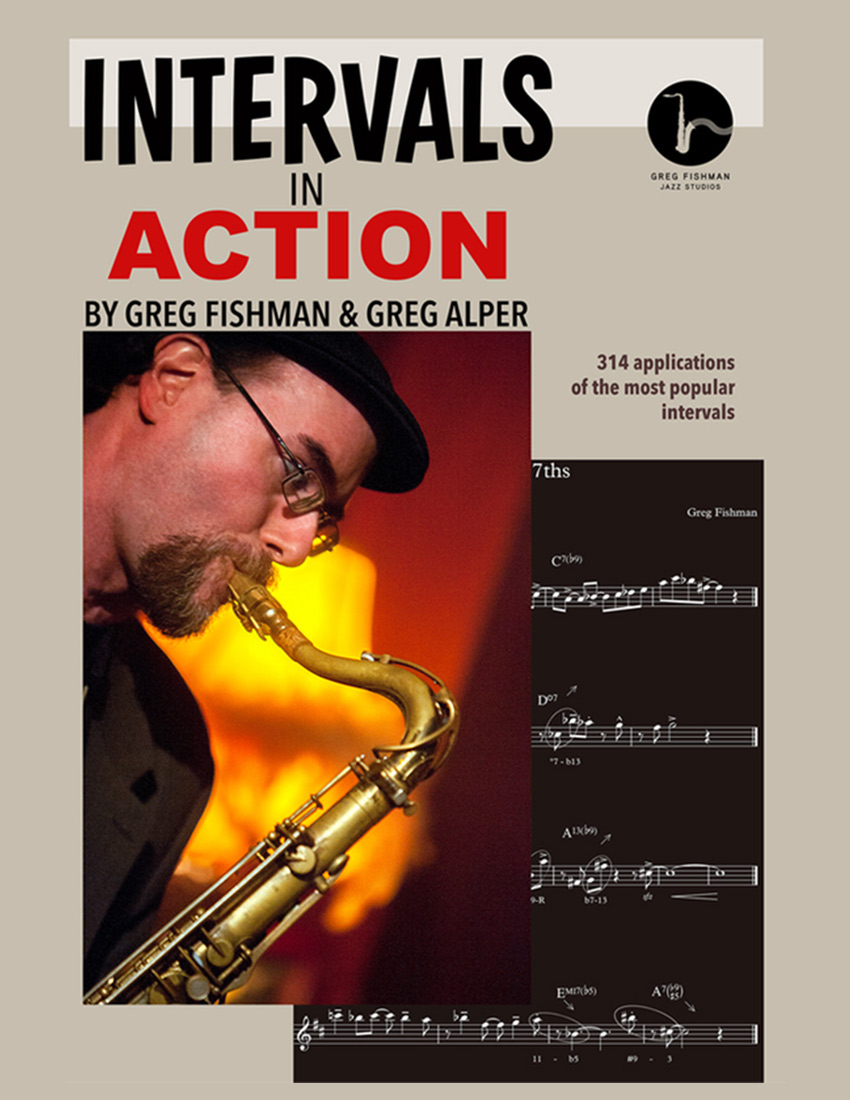 Intervals in Action
$24.95
Intervals in Action
$24.95
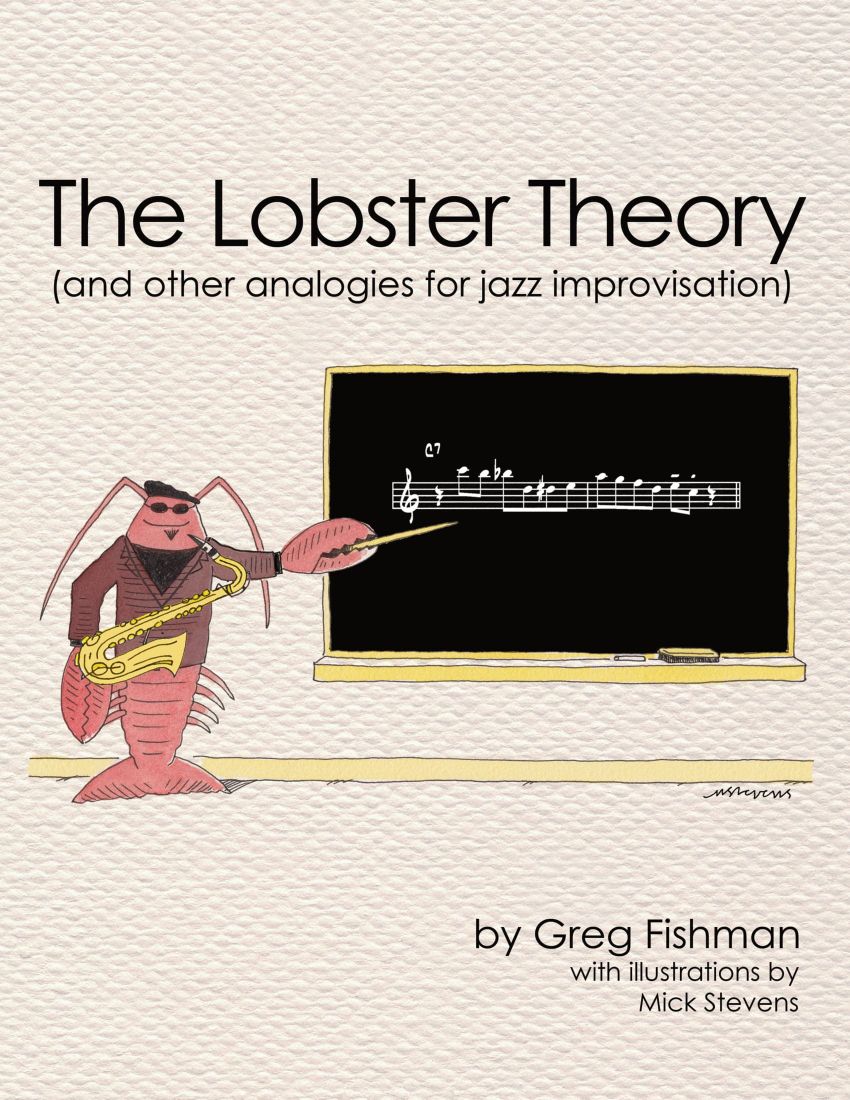 The Lobster Theory (and other analogies for jazz improvisation)
$29.95
The Lobster Theory (and other analogies for jazz improvisation)
$29.95
LESSON 1: Introduction to Major Seventh Chord Inversions
In this video lesson, I share my technique for hearing all inversions of a major seventh chord.
I explain why this unique approach helps the ear to hear the differences between the intervallic structures of root position, first inversion, second inversion and third inversions of the major seventh chord.
Includes PDF practice notes for Bb, Eb and C instruments.
LESSON 2: Major Seventh Chord Inversions Echo Game
In this video lesson, I play the major seventh chords in all inversions with what I call the “bottom margin” of my “C” on tenor: C-E-G-B (Cmaj7), C Eb G Ab (Abmaj7), C E F A (Fmaj7), and C Db F Ab (Dbmaj7), followed by the remaining eleven notes in the cycle acting as the “bottom margin notes.”
Playing the inversions in this manner really highlights the interval structure and improves the accuracy of the ear.
This is a great practice approach for ear training and improved control of your major seventh chords. Advanced level.
LESSON 3: Hip Lick #73
In this video lesson, I explore Hip Lick #73 and demonstrate how I adapt the lick to change it from a Bossa Nova style lick into a Swing style lick, with extra notes and less syncopation.
Hip Lick #73 is based on a popular chord progression known as “Parallel Major to Minor.” This means that the chord changes from Cmaj7 to Cmi7. Many of the old standard songs, including Green Dolphin Street, I’ll Remember April, How High The Moon, I’m Glad there Is You, etc., use this chord progression.
The video concludes with and ECHO GAME of the lick in all twelve keys, played in the cycle. Includes PDF practice notes for Bb, Eb and C instruments. Intermediate Level.
LESSON 4: Echo Game with Random Chord Types
I’ve had many member requests for a video in which I play the “big five” chords in the cycle, but randomize the chord types instead of just playing them in a preset order.
In this video lesson, the first half is designed for intermediate players and I reveal each chord type after I leave space for you to echo the chord arpeggio that I have played. The second part of the video is slightly more challenging.
I randomize the chords again through the cycle, but this time I don’t reveal the type played. The final part of this echo game is for more advanced players, with the randomized chords descending from the seventh.
This is an excellent way to improve your ear and your ability to focus on the unique sound of the “big five” chord types: maj7, dominant 7, minor 7, half-diminished and diminished chords. Intermediate & Advanced level.